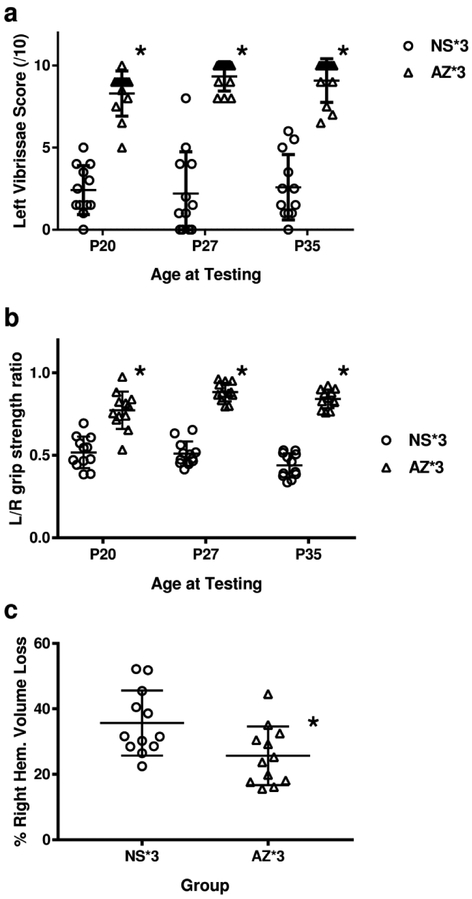Figure 4: Azithromycin (AZ) improves outcomes after hypoxia-ischemia (HI) in P10 rats.
P10 rats underwent right carotid artery ligation, followed by 60 min in 8% O2 (n=12/group). AZ was administered in a 3-injection regimen (45 mg/kg 2 h after HI; 22.5 mg/kg at 24 h and 48 h after HI; AZ*3); controls received saline (NS) injections at the same time-points. Sensorimotor function was evaluated (on P20, P27, P35) with lateral vibrissae-stimulated forepaw placing (10 trials/side, normal score = 10, a) and bilateral forepaw grip strength (3 trials/side, expressed as left/right (L/R) forepaw ratio, normal = 1, b). Animals were euthanized on P35. Right hemisphere damage was evaluated in coronal brain sections by digital morphometry (see Methods). AZ*3 attenuated contralateral deficits (p<0.0001, Repeated-Measures ANOVA; a, b), and right cerebral hemisphere damage (c; *p<0.025, t-test).

